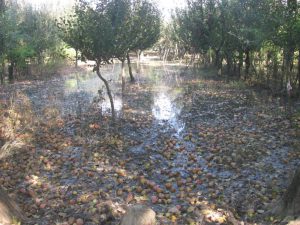In 1985, when he arrived as a fresh-faced youth in Kishori village of Alwar – a semi-arid region in the desert state of Rajasthan – little did this son of a wealthy landowner know that his own and the locals’ lives was about to change dramatically. Armed with a degree in traditional Indian Ayurveda medicine, Rajendra Singh had planned to start a clinic. Instead, he would soon spearhead a war on drought – in the process not only empowering impoverished rural communities, but also preventing floods, restoring soil and rejuvenating rivers and wildlife.
Three decades later, Singh, 56, dubbed the ‘Water Man of India’, prepares to receive this year’s Stockholm Water Prize. He has been chosen for what is often called “the Nobel Prize for water” for his inventive river and groundwater restoration efforts. Singh and his environmental advocacy group Tarun Bharat Sangh (TBS) have supplied water to over 1,200 villages across Rajasthan while simultaneously reviving a number of local rivers in Alwar region – including Arvari, Ruparel, Sarsa, Bhagani and Jahajwali.
The activist, a leading voice for water security, management and conservation, will receive the $150,000 prize from King Carl XVI Gustaf of Sweden on August 26, during World Water Week in Stockholm.
“In a world where demand for freshwater is booming, we will face a severe water crisis within decades if we do not learn how to better take care of our water. Mr Singh is a beacon of hope. He has literally brought villages back to life. We need to take Mr Singh’s lessons and actions to heart if we are to achieve sustainable water use in our lifetime,” observed Torgny Holmgren, Director of the Stockholm International Water Institute, which selects the prize winner.
Singh’s path-breaking water restoration technique involves using a modern version of rainwater harvesting whose provenance has been traced to 1,500 BCE. It requires building low-level banks of earth to hold back the flow of water in the wet season while allowing water to seep into the ground for future use with the assistance of what is known locally as johads.
“Johads, or traditional earthen dams, are ancient structures which not only hold runoff from monsoon rains, but also help this water percolate into the ground to ameliorate the water table,” Singh told thethirdpole.net soon after he was named the prize winner.
The impact of these ingenious constructions has been revolutionary. Not only has the region’s water table — the depth underground from which water may be extracted — surged from about 100 metres to between 10 and three metres, but the area under agricultural production has also spiralled upwards from 11% to 70% while forest cover has expanded from 7% to 40%.
“Effective rainwater harvesting has helped us make helpless villages prosperous and healthy again,” says Singh, chosen by Britain’s The Guardian newspaper as one of “50 people who could save the planet”. TBS, the non-governmental organisation which Singh runs with the help of over 350 volunteers, helps local communities take back control of their natural resources while pushing for sustainable development.
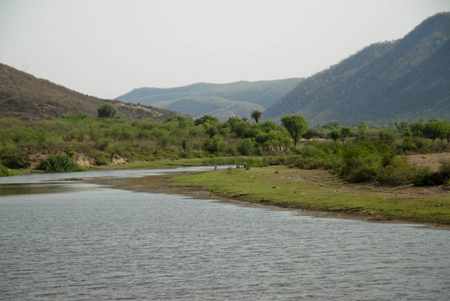
“When we started our work, our immediate aim was to resolve the drinking water crisis in the semi-arid and arid regions of Rajasthan,” says Singh. “Today, our goals are loftier; we’re focussed on converting the world war on water into a peaceful movement. This is vital as today’s water problems cannot be solved by science or technology alone. They require a multi-pronged approach involving better governance, policy and public sensitisation.”
The right to water should be as fundamental as the right to food, says Singh, a man who has already bagged the Magsaysay Award – dubbed the Asian Nobel prize – in 2001 for regenerating seven rivers in Rajasthan. “Over the years, we’ve impacted the lives of over 10 lakh (1 million) people. Our NGO has covered 8,600 square kilometres of land in the most arid region to construct rainwater harvesting structures in 19 districts of Rajasthan.”
A few months before elections to the Indian parliament last year, Singh and a number of other water rights activists formed the Jal Jan Jodo Abhiyan, a platform through which they lobbied every political party to include the right to water in their election manifestos. The group also drafted a water security bill.
See: India’s waterman demands water security law
What about future plans? “We’re coaching provincial officers to facilitate the replication of our work in other parts of the country. We’ve got some of the biggest states – Karnataka, Maharashtra and Madhya Pradesh – covered. We’re also educating farmers about the vital balance between crop and rainfall patterns so that they can leverage this knowledge for higher agricultural productivity.”
The activist is also launching a global march for water on April 14 from London to create awareness about rainwater harvesting. “I took up the initiative upon Prince Charles’s invitation and hope to sensitise more and more people about the benefits of rainwater harvesting.”
Singh is still building momentum for Jal Jan Jodo Abhiyan to spread the message about sustainable water use. The platform focuses on decentralised community management of water, revival of traditional water harvesting systems and reviving dying rivers. The campaign has been launched in Karnataka, Maharashtra and Madhya Pradesh in synergy with state governments. “We plan to take the movement across each and every state of the country.”
After almost two decades of being a water crusader, what has been the single most fulfilling aspect of his work? “That we don’t have to rely on expensive machinery or hi-tech gizmos to bring water to people or life to villages. Harnessing local wisdom and indigenous knowledge does the trick,” Singh told thethirdpole.net.
However, the activist is disenchanted with the central and state governments’ lack of interest in leveraging indigenous methods for conserving water. In 2012, Singh resigned from the National Ganga River Basin Authority over the government’s skewed approach towards river rejuvenation. He is still not satisfied with the centre’s approach to the “national river” despite Prime Minister Narendra Modi’s emphasis on making it a mass movement.
“Our approach towards river rejuvenation needs a drastic overhaul. Much of the government’s plan to revive the Ganga is focussed on riverfront-view development which will only end up lining the pockets of contractors and middlemen,” Singh says, adding that the approach needs to be far more holistic – involving local communities, pressure groups and corporates.
“It’s been a long journey. I didn’t know anything about rainwater harvesting but the villagers shared their knowledge with me and we’ve achieved a lot through our participatory approach,” sums up the crusader.
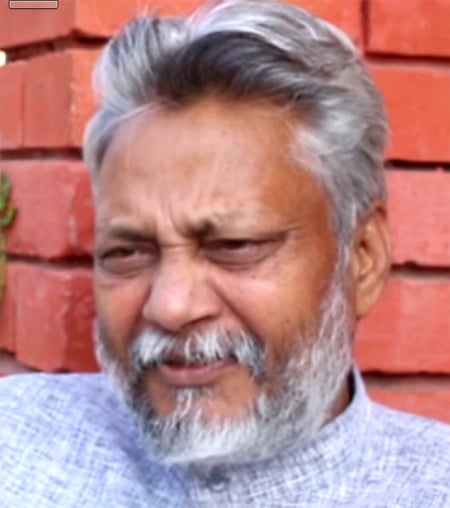

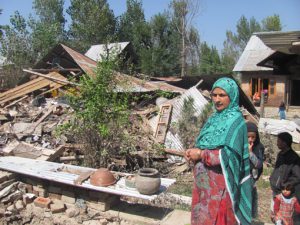


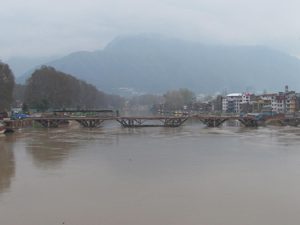

![An Indus river dolphin spotted in Dhunda [image courtesy: WWF-India]](https://dialogue.earth/content/uploads/2018/05/Indus-River-Dolphin-in-Dhunda_WWF-India-300x200.jpg)
